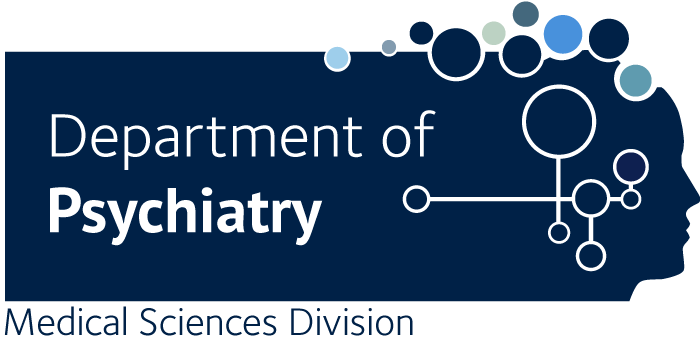The Craniofacial Collaboration UK: Developmental Outcomes in 5-Year-Old Children With Metopic Synostosis.
Edwards-Bailey L., Piggott K., Dalton L., Horton J., Parks C., Wright G., Kearney A.
The Craniofacial Collaboration (CC-UK) was setup in 2015 as a joint initiative between the Psychology teams attached to the 4 highly specialized craniofacial centers in the United Kingdom. The CC-UK aims to address key limitations in the existing craniofacial literature by applying strict exclusion criteria and collating clinical data on a homogenous sample of children. This article reports the fourth wave of data collection from the CC-UK, with the analysis of developmental and behavioral outcomes for children with metopic synostosis at 5 years old. Previous data for sagittal synostosis at 3 and 5 years, and metopic synostosis at 3 years, have been presented. This paper offers the first analysis of developmental and behavioral parent-report measures at school age for metopic synostosis. All children in the current data set had primary corrective surgery. Findings highlight similar patterns to that of previous research among children with single-suture craniosynostosis, as well as earlier CC-UK analyses, with the majority falling within 1 standard deviation of the normative mean. However, differences across key behavioral and emotional domains, with some areas reporting heightened concerns compared with those detected among sagittal groups, may suggest that subtle differences between individual diagnostic groups are present. This further highlights the importance of utilizing homogenous samples within the field of craniofacial research. To further build upon this work, and to provide a greater understanding of how these difficulties and concerns may develop, or diminish, over time, further consideration to longitudinal outcomes is needed for individual diagnostic groups. Through this collaboration, the authors seek to achieve this goal in their future work.

